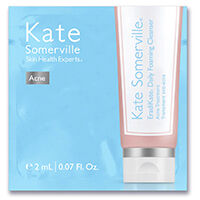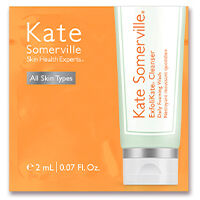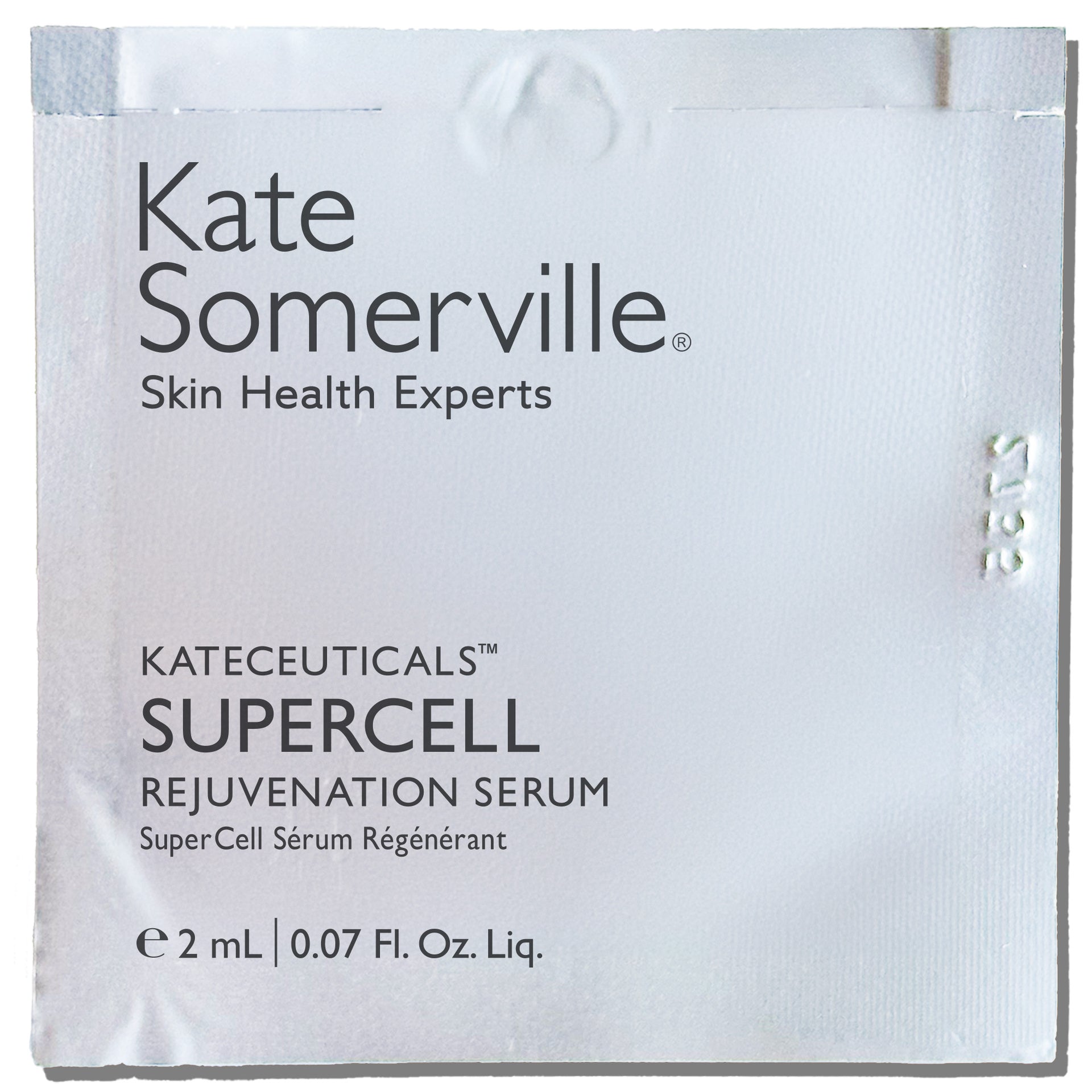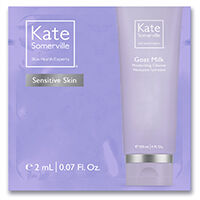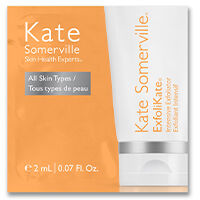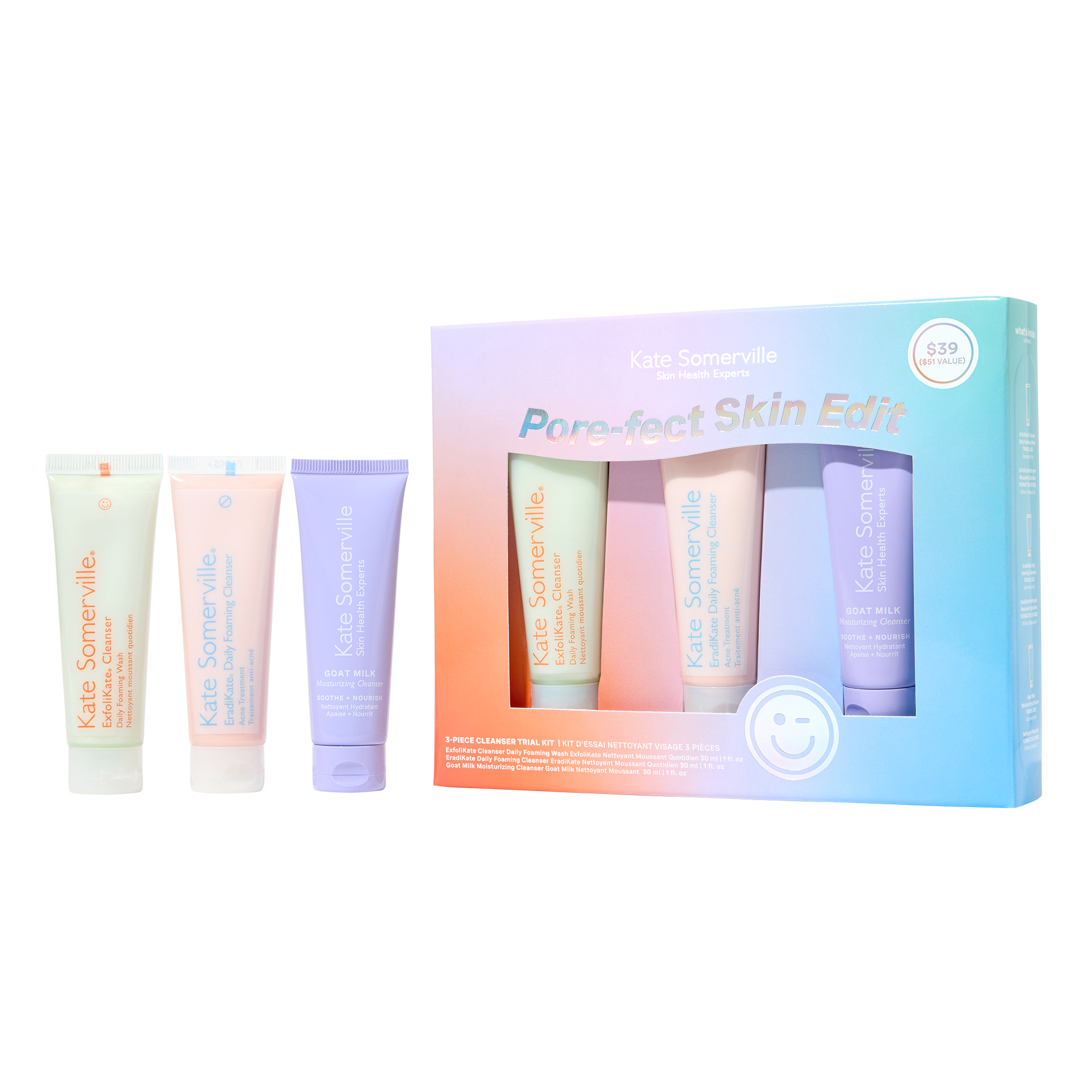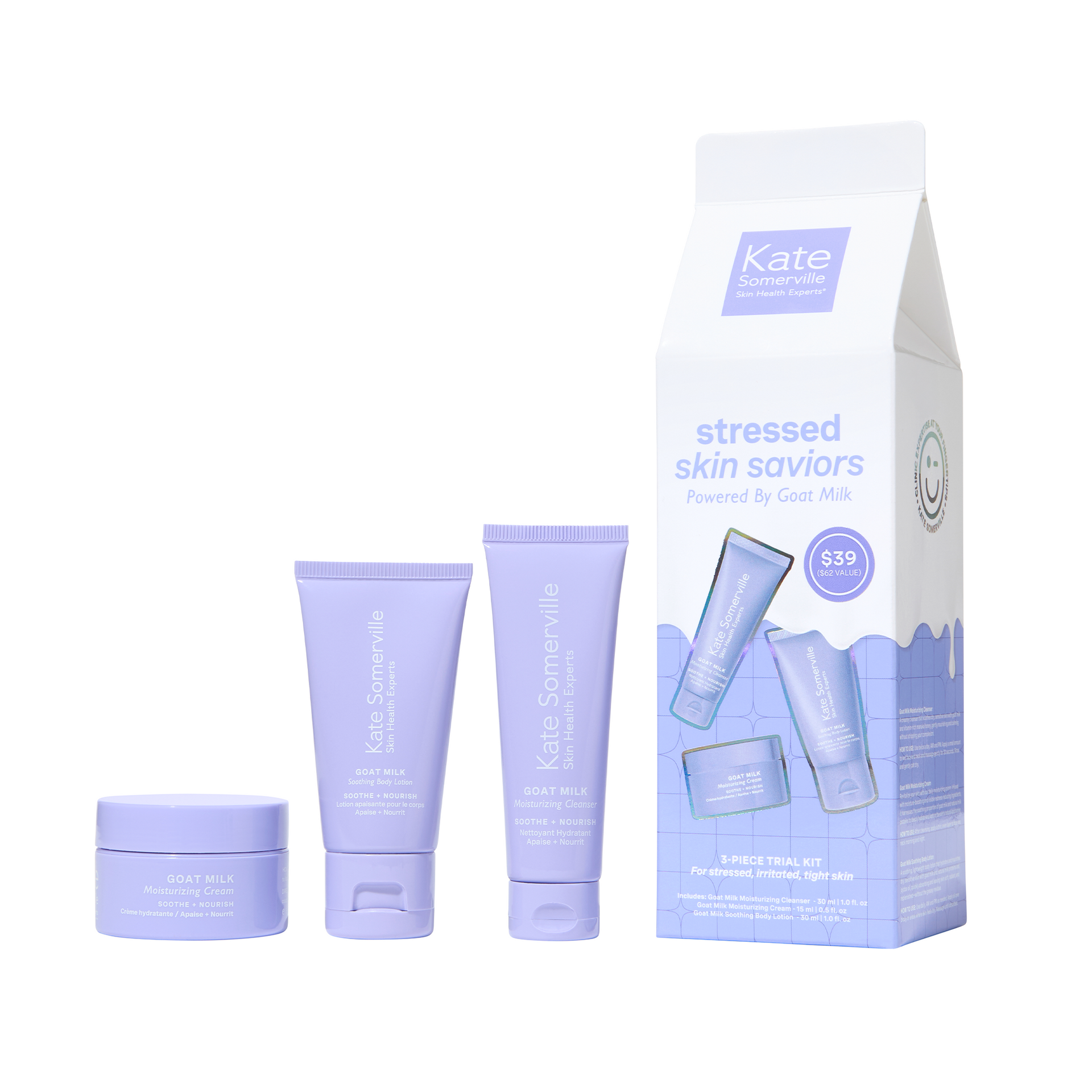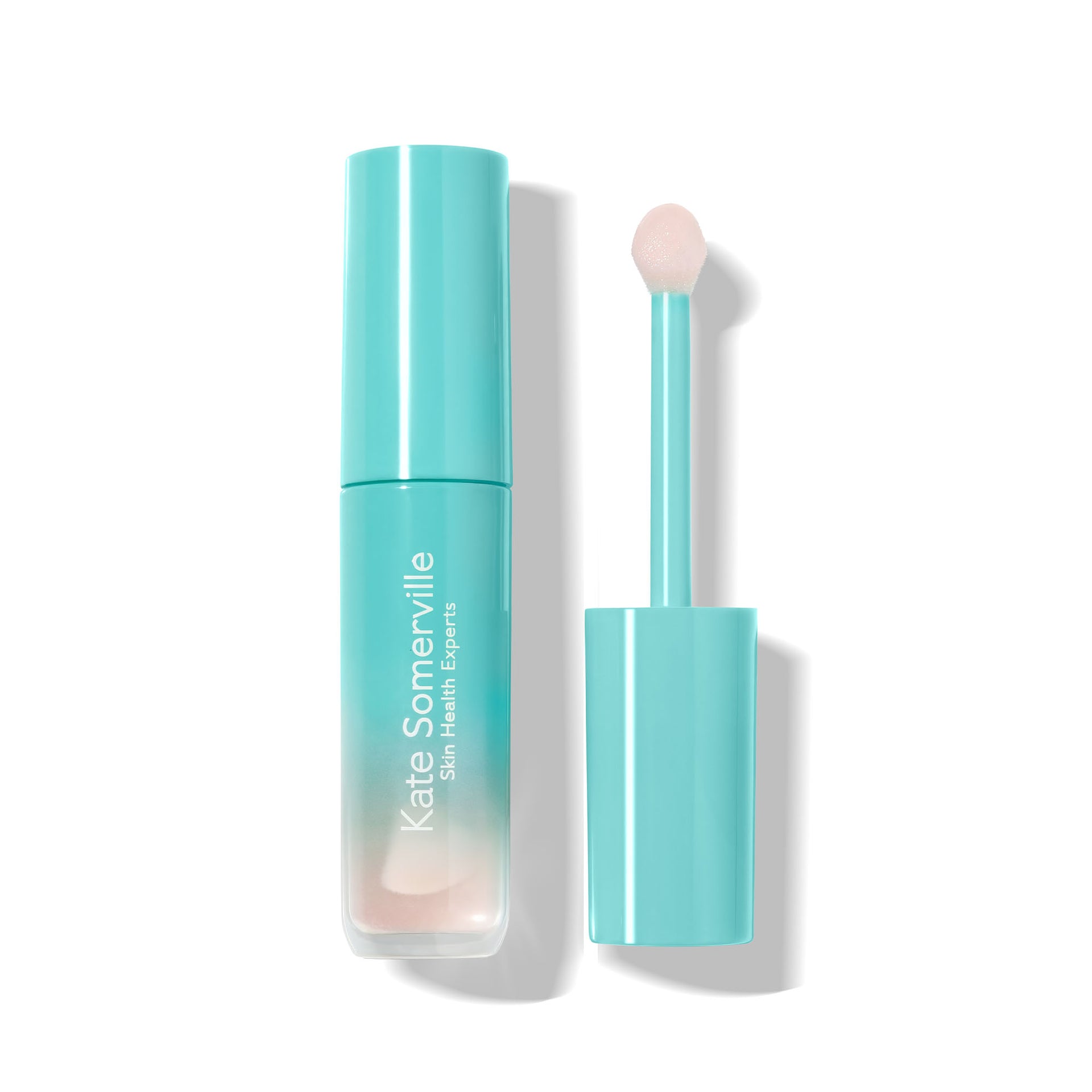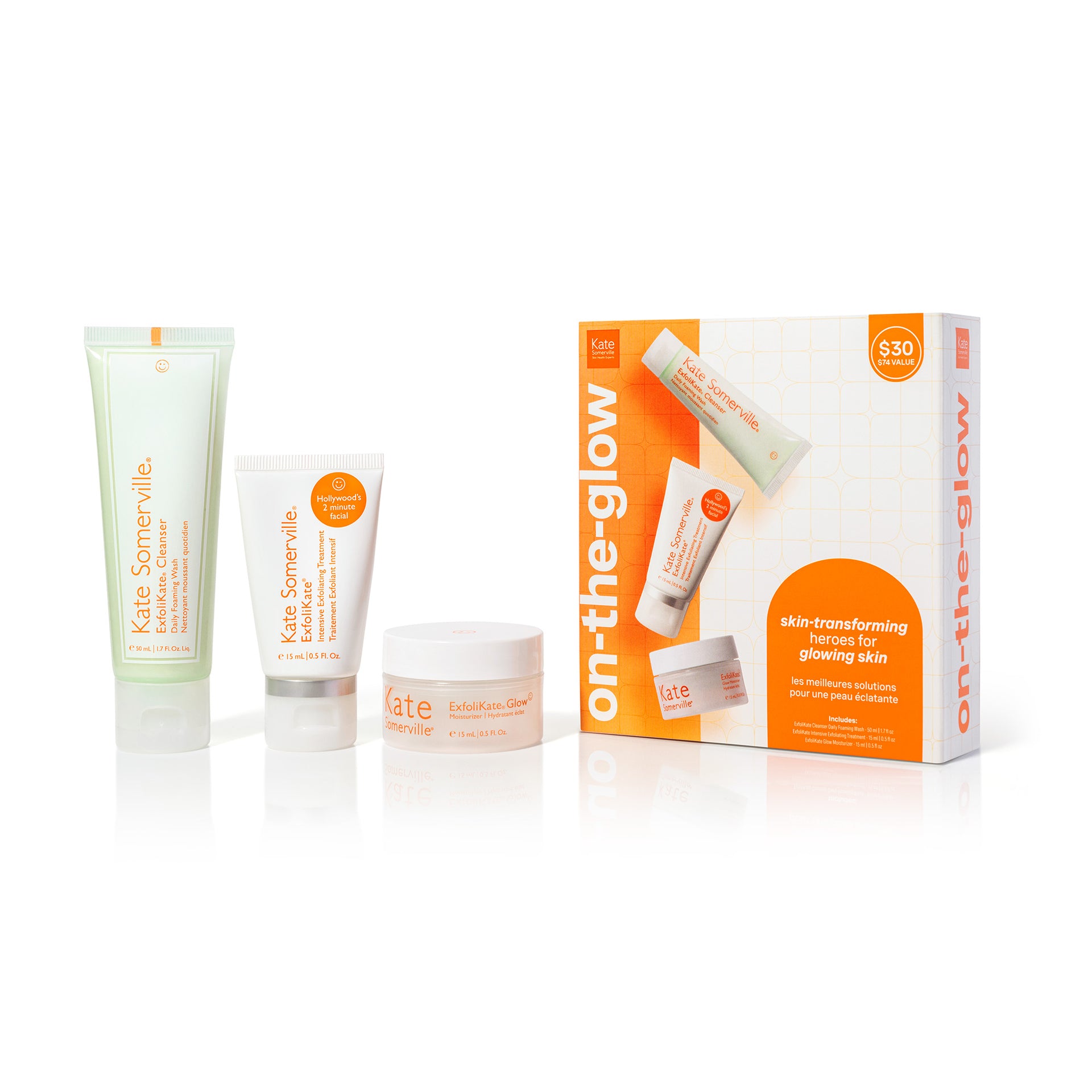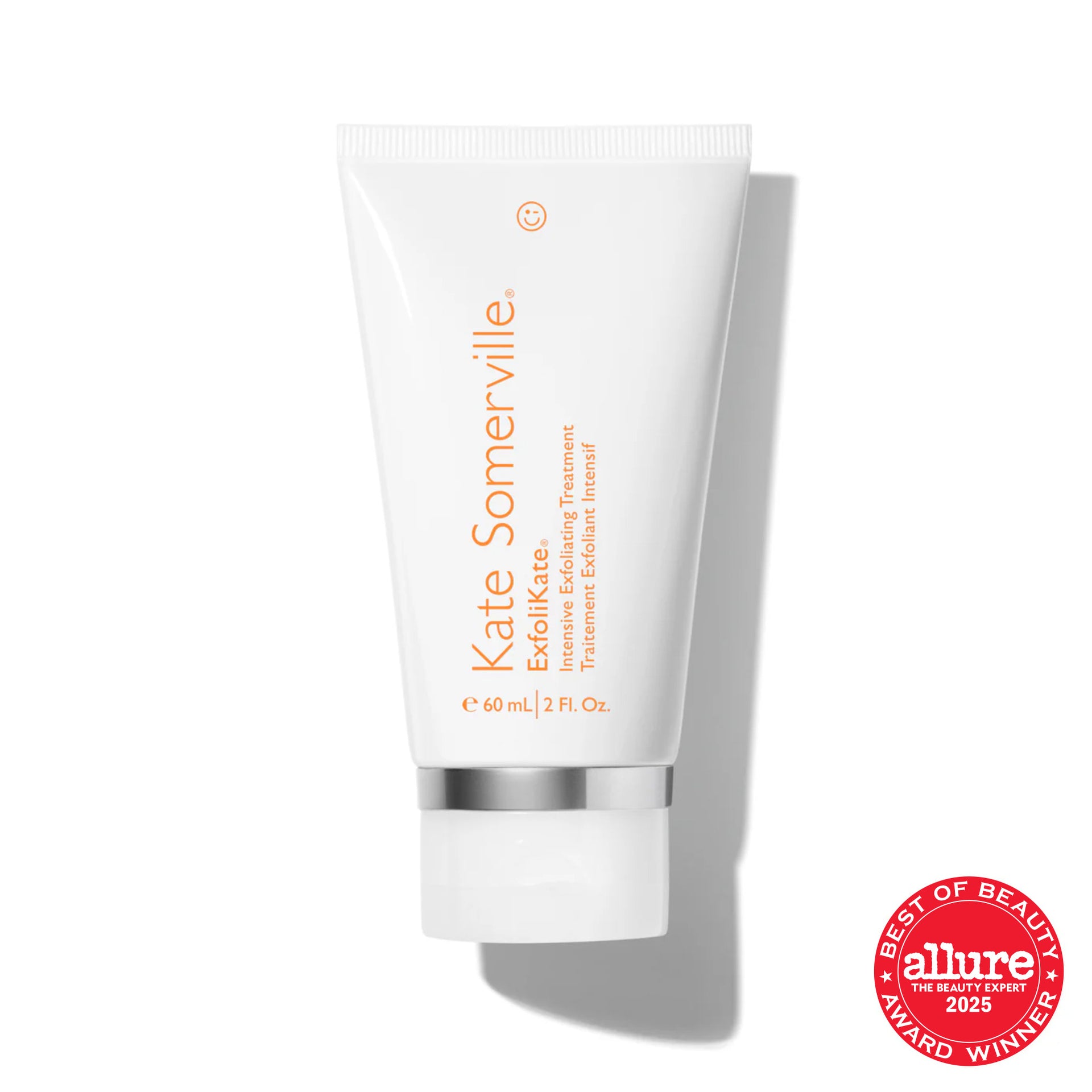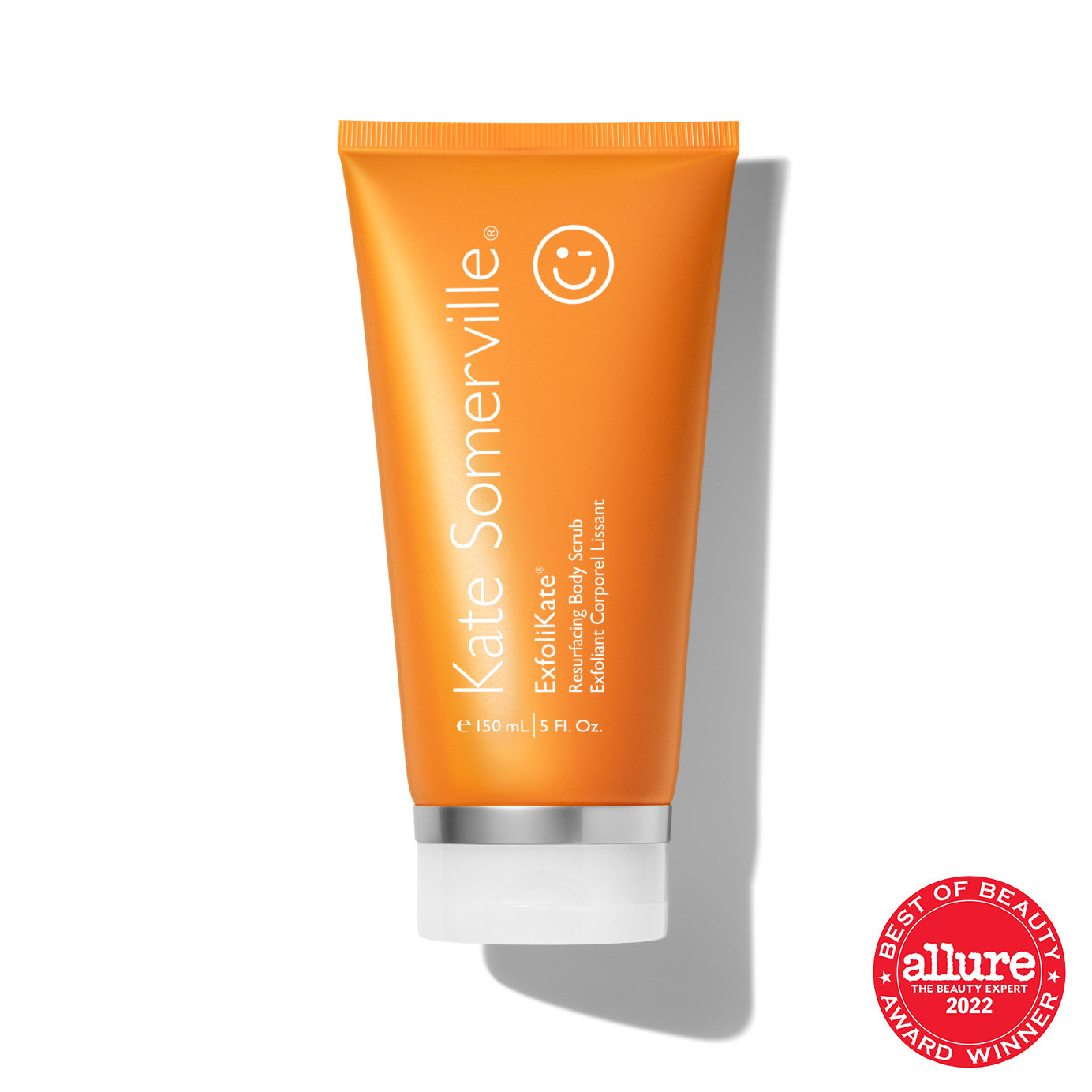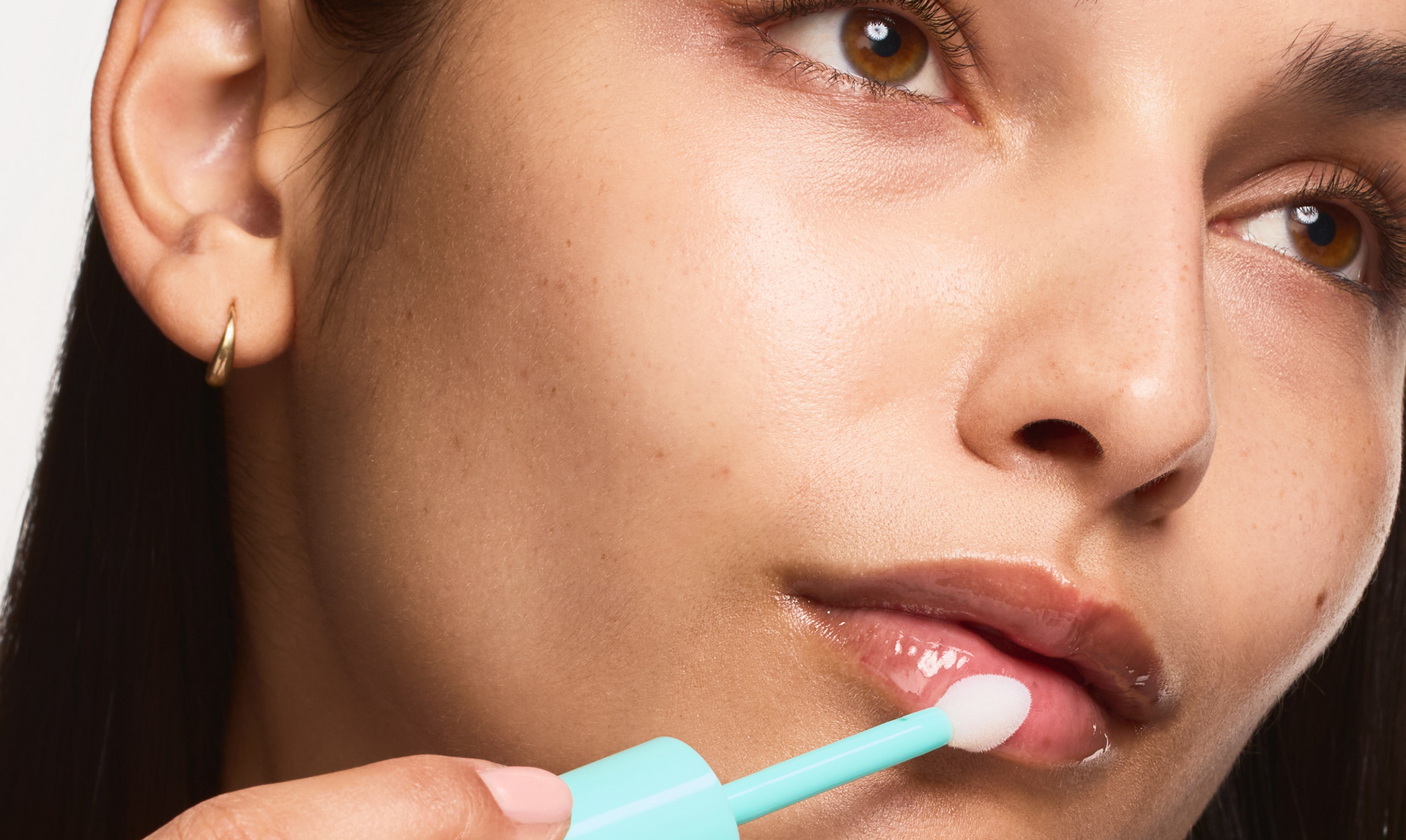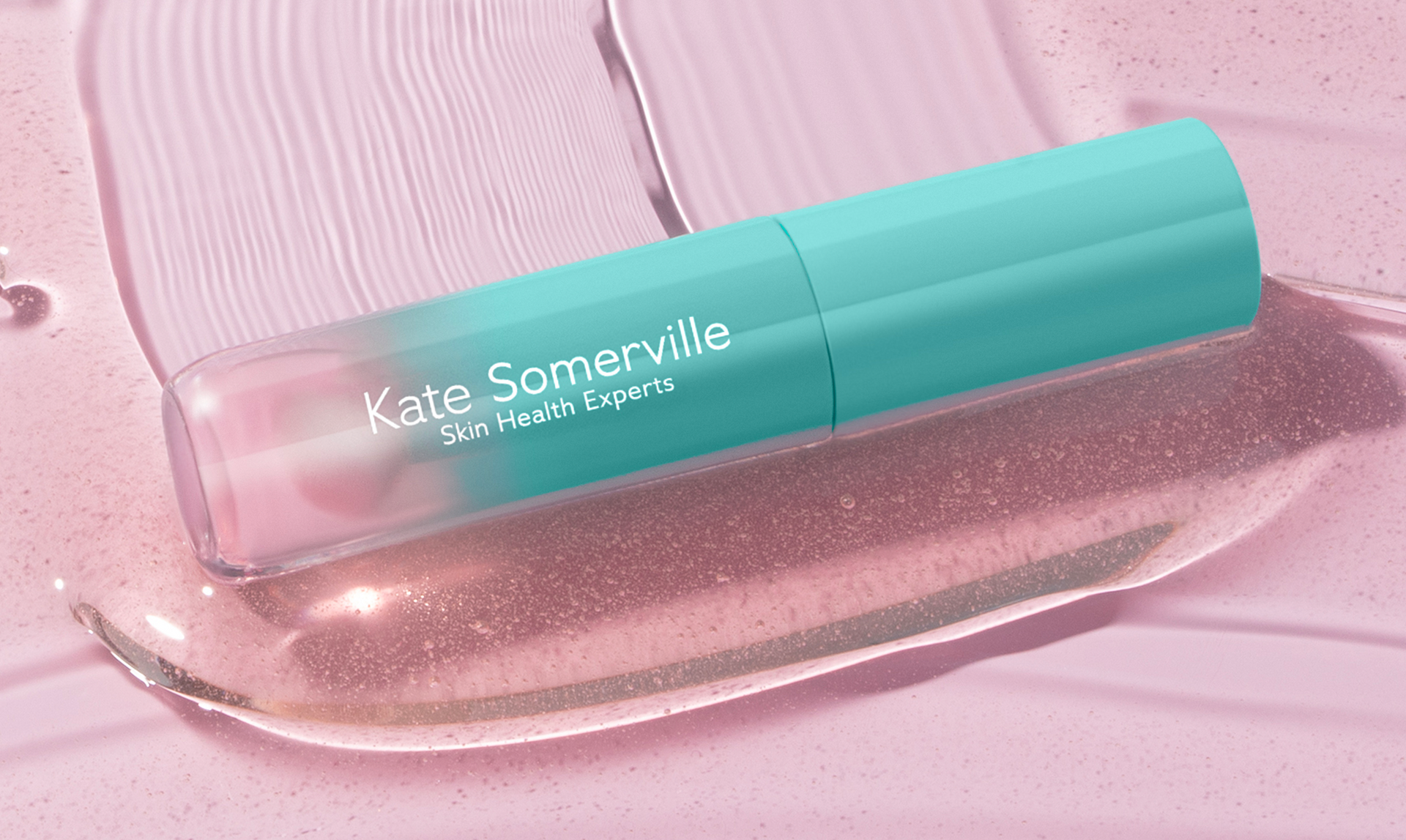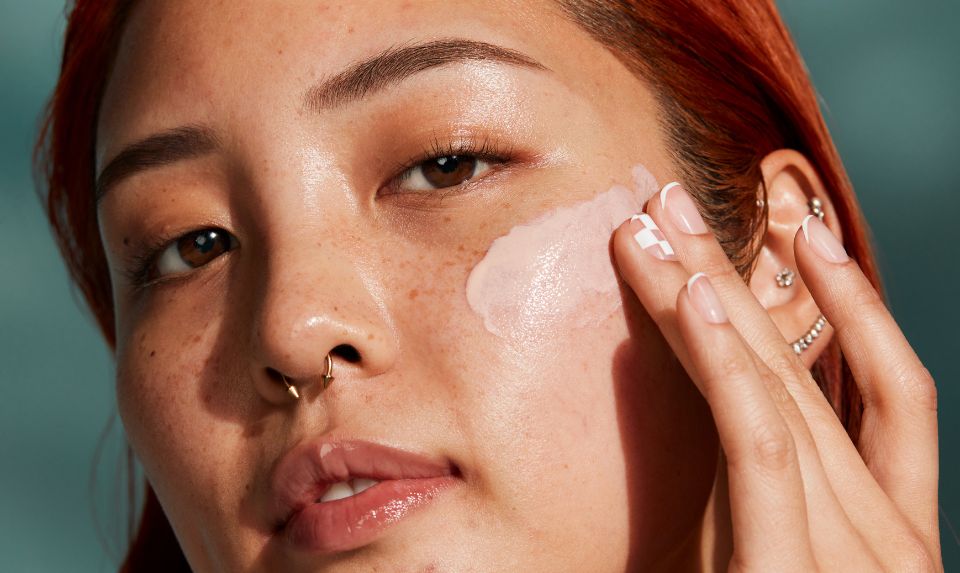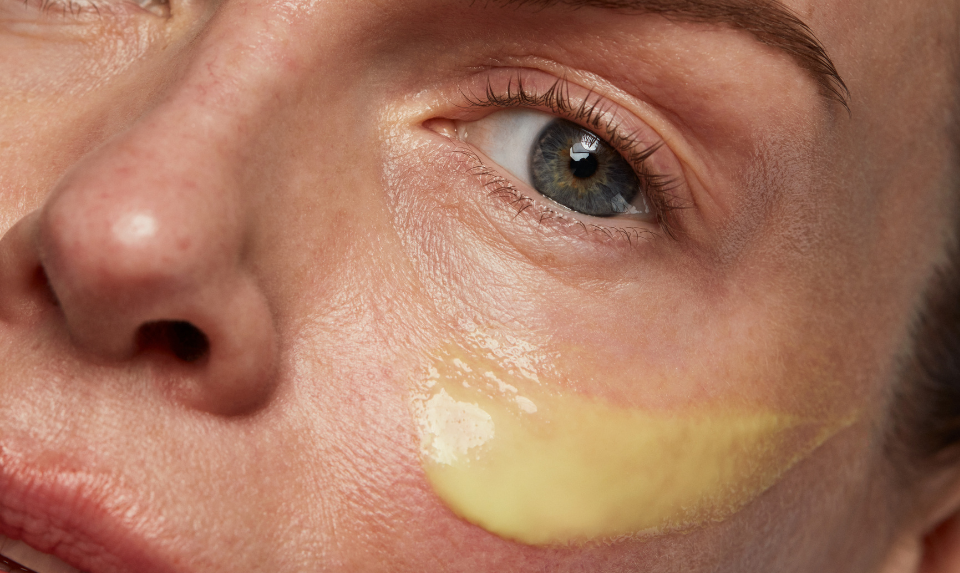Too much of a good thing really can happen, especially when it comes to exfoliation. While getting rid of skin impurities on a regular basis is good, doing it too much can aggravate the skin. Over-exfoliation can lead to redness, irritation, and may leave the skin inworse condition than what you started with.
To achieve clearer, brighter skin, exfoliation on a consistent basis is what works well. At our Skin Health Experts Clinic in the heart of Hollywood, we recommend our clients exfoliate two to three times a week is the recommended regimen. Once you reach a clean base of unclogged pores, it’s often easier to maintain and you may be able to reduce your exfoliation frequency to once or twice a week.
The skin produces oils that keep it healthy and hydrated. Over-exfoliation can strip our face of what it needs to maintain a glowing complexion. Too much of the wrong type of exfoliation may be too aggressive or irritating for your skin type [1]. You may be eager to get cleaner, softer skin, but it’s important to take the proper steps, which requires a little bit of patience.
Learn more about how often you should exfoliate the skin with a facial scrub, the different types of exfoliation, and a few of our favorite skincare tips to give your face the TLC that it deserves without over-exfoliating.
Over-Exfoliation: How Much Is Too Much?
Your skin falls into one of three general categories: oily, dry, or combination. Each skin type will help to determine how often you should exfoliate without going overboard.
An oily skin type has a sheen to the skin, especially in the t-zone area, and more visible pores. This is due to the excess production of sebum or oily secretion, which leads to a buildup of impurities that clog the pores more frequently. Exfoliation two to three times a week is normally recommended to help balance out the skin and keep it looking healthy and vibrant.
A dry skin type feels tight due to the decreased amount of lipids in the skin that help to retain its moisture. It often results in flaky areas, dullness, and an unevenness in skin tone. Exfoliation isn’t necessary as often since your skin lacks natural oils. You can benefit from adding it to your skincare routine once or twice a week.
Combination skin has characteristics of both with an oily t-zone and dryness throughout other parts of the face. Since it’s right in the middle of skin types, stick with two to three times a week to start with and adjust as needed, depending on if you tip more to the oily or dry side. With combination skin, you may only want to exfoliate the area of your face that calls for it, such as the bridge of your nose or forehead.
Straying from an exfoliation schedule based on your skin type can disrupt the balance of your skin and cause:
- Prolonged redness
- Irritation
- Inflammation
- Acne breakouts
Also, if your skin is sensitive, it can feel painful. When you strip away healthy skin cells and oil from over-exfoliation, you leave the skin raw and exposed to your environment. As a result, your skin may crack, peel, or lose its elasticity. Follow the recommended exfoliation based on your skin type, but also pay attention to how your skin reacts and adjust as needed. If your skin does become over sensitized and irritated, try soothing it with a cream for sensitive skin.
For example, if you have oily skin and chronic acne, daily exfoliation may be too irritating to your skin more than once a week. Alternatively, if you typically have dry skin but see a buildup of small bumps or blackheads due to excess sweat (especially around the nose and hairline), you may want to up your exfoliation by an extra day or two. Test what’s best for your skin and stick to a schedule that feels good for you.
Lastly, diet, age, hormones, genetics, and environmental elements all play a part in your skin type and how it transforms throughout the years. The amount of sleep you get and how much water you drink are also major factors that can change its tone and texture. Some days your face may feel greasier than usual, while other days it may be lacking moisture. As your skin condition changes, so should your skincare.
Chemical Exfoliation vs. Mechanical Exfoliation: Which to Choose?
There are two main methods of exfoliation. The first is chemical exfoliation, which as the name suggests, uses chemicals or acids to dissolve the impurities left behind in your pores. This is particularly popular if you have oily skin or acne-prone skin. Alpha hydroxy acids and beta hydroxy acids are beneficial to help smooth the outer layer of the skin and improve cell turnover [2].
Chemical exfoliation helps acne and fights bacteria to aid in preventing the appearance of skin flare ups and breakouts. Since these chemicals have the power to essentially “purge” the pores, you’re left with clearer skin and it’s typically gentler on the skin than manual scrubs or abrasive surfaces used for mechanical exfoliation.
Mechanical exfoliation – also known as physical exfoliation - relies on tools to slough away dead skin cells and remove the grime that sinks down into pores. A washcloth, special exfoliating brush, and a facial scrub with a natural bead like Silicone are commonly used to remove the top layer of the skin and all of the impurities that come with it. However, if the tool or scrub is too abrasive or you use too much pressure, it can create microtears in the skin. These lead to inflammation and may result in an infection.
Keep it gentle and use scrubs that have exfoliating and soothing ingredients. It’s easy to make an at-home facial scrub with brown sugar and honey or coconut oil. The granules work to smooth the skin, while the honey makes the skin feel soft.
Our ExfoliKate® Intensive Exfoliating Treatment offers the best of both worlds. The formula contains powerful ingredients like lactic acid, an alpha hydroxy acid, to “chemically” exfoliate the skin. It also has silica that works as a mechanical “tool” or physical bead that exfoliates the skin. In addition to these active components that help to unclog pores, vitamins A, C, and E provide antioxidant benefits and fruit enzymes to enhance the entire exfoliation process.
Tips on How to Exfoliate the Skin
The skin undergoes a lot of stress throughout the day. Makeup, sweat, excess oil, and bacteria all make their way into your pores and settle in to create blackheads, whiteheads, and other blemishes. This, in addition to UV rays, harsh winds, and other environmental conditions can wreak havoc on your face.
Fortunately, the skin is durable and can withstand the pressure. However, it deserves extra TLC every now and then to protect its health and bring back its natural beauty. Exfoliation is one way to achieve that. If you’ve never been a regular exfoliator user, our esthetician tips on exfoliating (below) will get you started in the right direction.
Approach with care
Even if you have thicker skin, don’t scrub or pull on it when using an exfoliator. Instead, use small, circular motions to press the product into the face and slough away the skin’s surface at the same time. The goal is to remove dead skin cells and leftover daily grime that sit on the face and make their way deep into your pores. The most important thing to remember is that it can still be achieved with gentle exfoliation.
No need to double up in one day
You may think the more, the better if you haven’t exfoliated in a while, but there’s no need to do it more than once a day. Stick to a schedule based on your skin type. For example, if you have oily skin, every other day may be necessary. On the other hand, if you have skin that’s on the dry side, you may only need to be exfoliating your skin once or twice a week.
Make exfoliation a regular part of your skincare routine, not just a part-time player
Some people exfoliate intermittently or only when the skin breaks out. By using it on a consistent basis, you can prevent impurities from sticking around and clogging up your pores. It also helps improve the texture and leaves you with smoother skin. You can also use a body exfoliator in the shower to achieve a similar effect on your arms and legs.
Use the tools you have
A washcloth or an exfoliating brush are the only things you need for mechanical exfoliation. These tools are used on their own or in combination with an exfoliating cleanser. When opting for chemical exfoliation, the process relies on chemical and enzyme ingredients to get the work done. Have a go-to product on hand that both cleans out your pores and nourishes your skin at the same time like our ExfoliKate® Intensive Treatment.
When you exfoliate regularly and in the right way, you’ll feel a difference in the skin the first time you do it. The condition of your skin will continue to improve as you make it routine. Conversely, over-exfoliation can reverse the progress you’ve made. Know what’s best for your skin type and your skin’s current condition.
Once you find an exfoliating method you feel comfortable with, add it to your daily regimen, after cleansing and before moisturizing, on a rotating basis. It’s a simple addition with a big payoff. By taking time each day to care for your skin, you boost its overnight repair process and wake up with fresher, healthier, and more glowing skin. To learn more about what exfoliating does for your skin, check out our other blogs!
Sources:
1. https://www.aad.org/skin-care-secrets/safely-exfoliate-at-home



